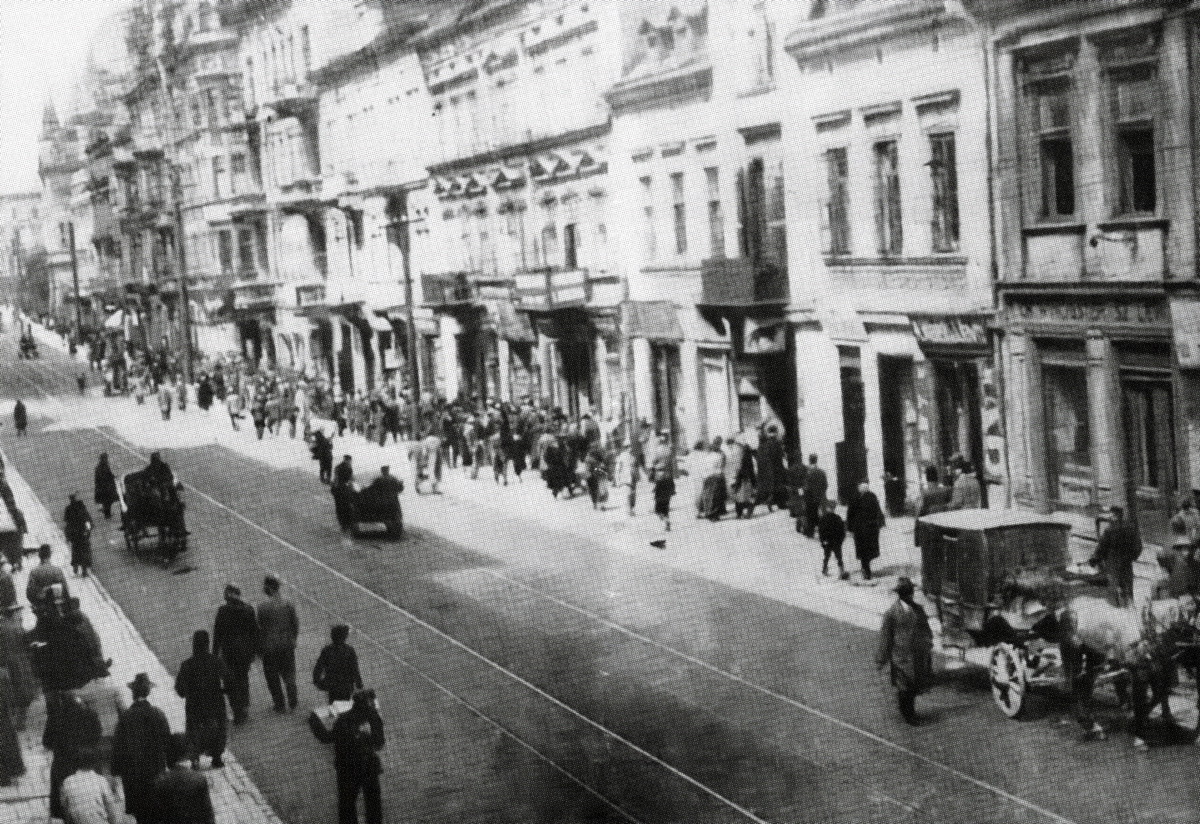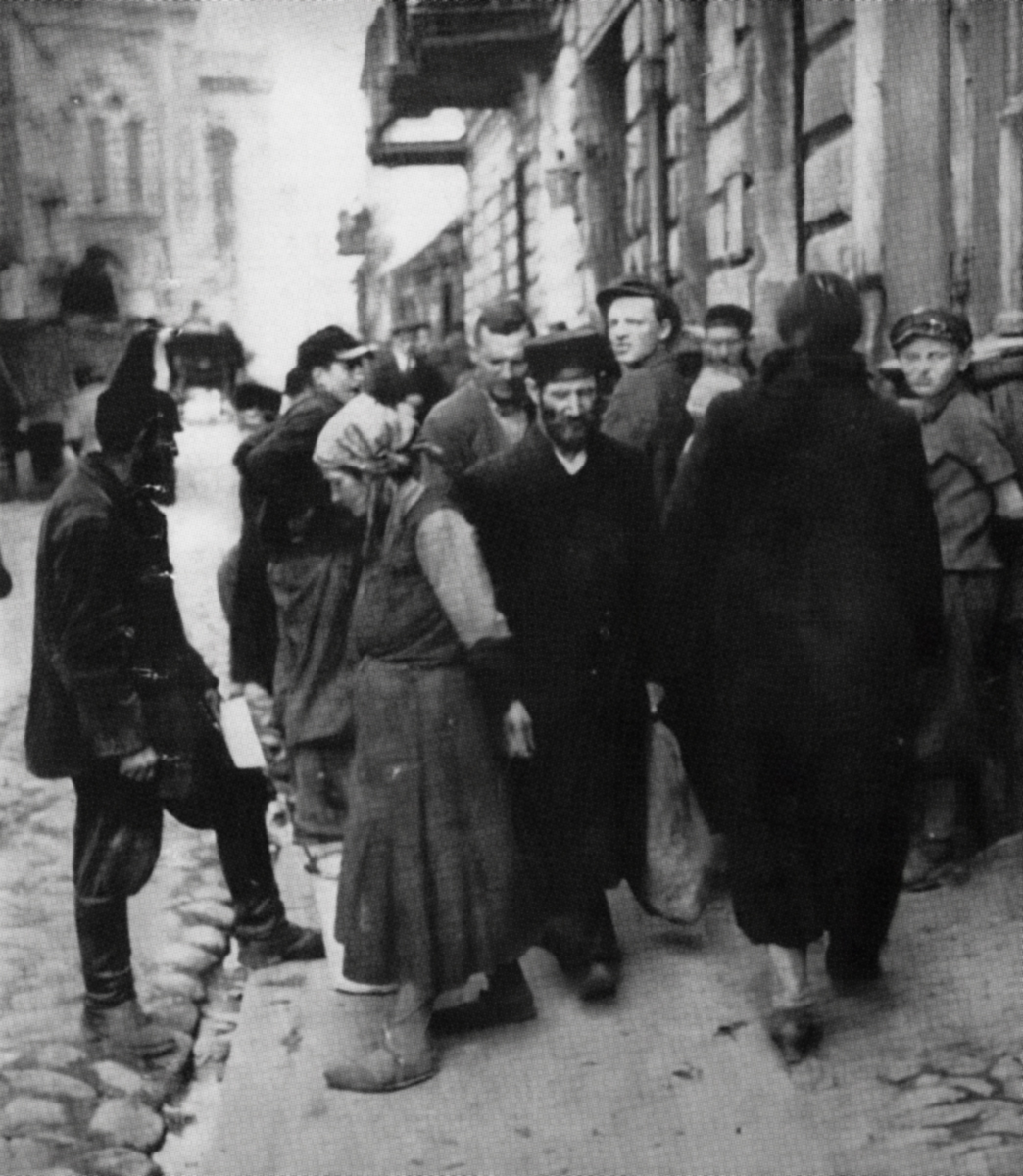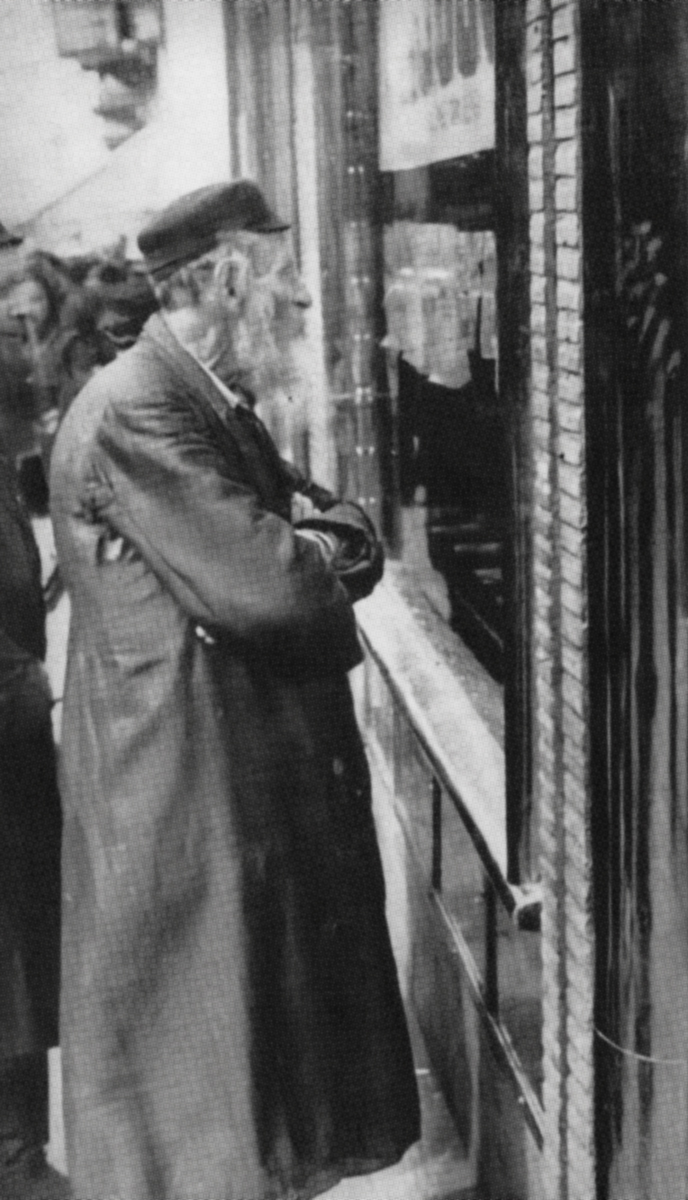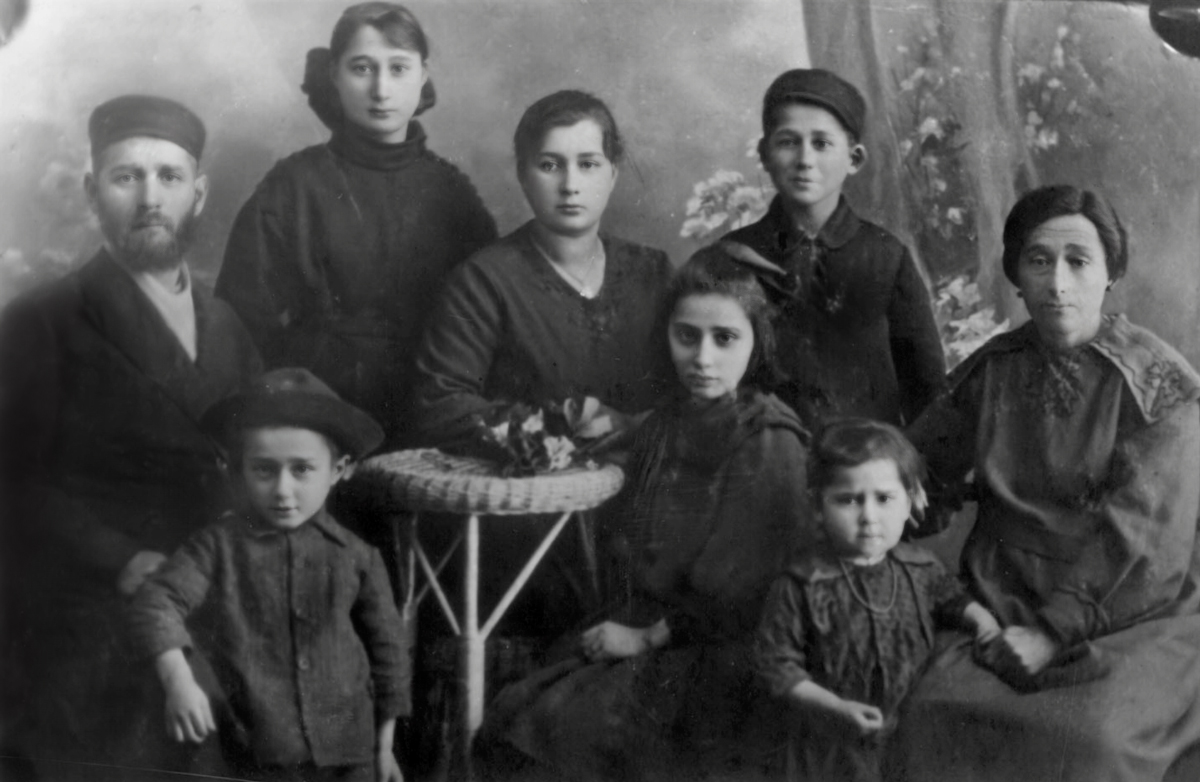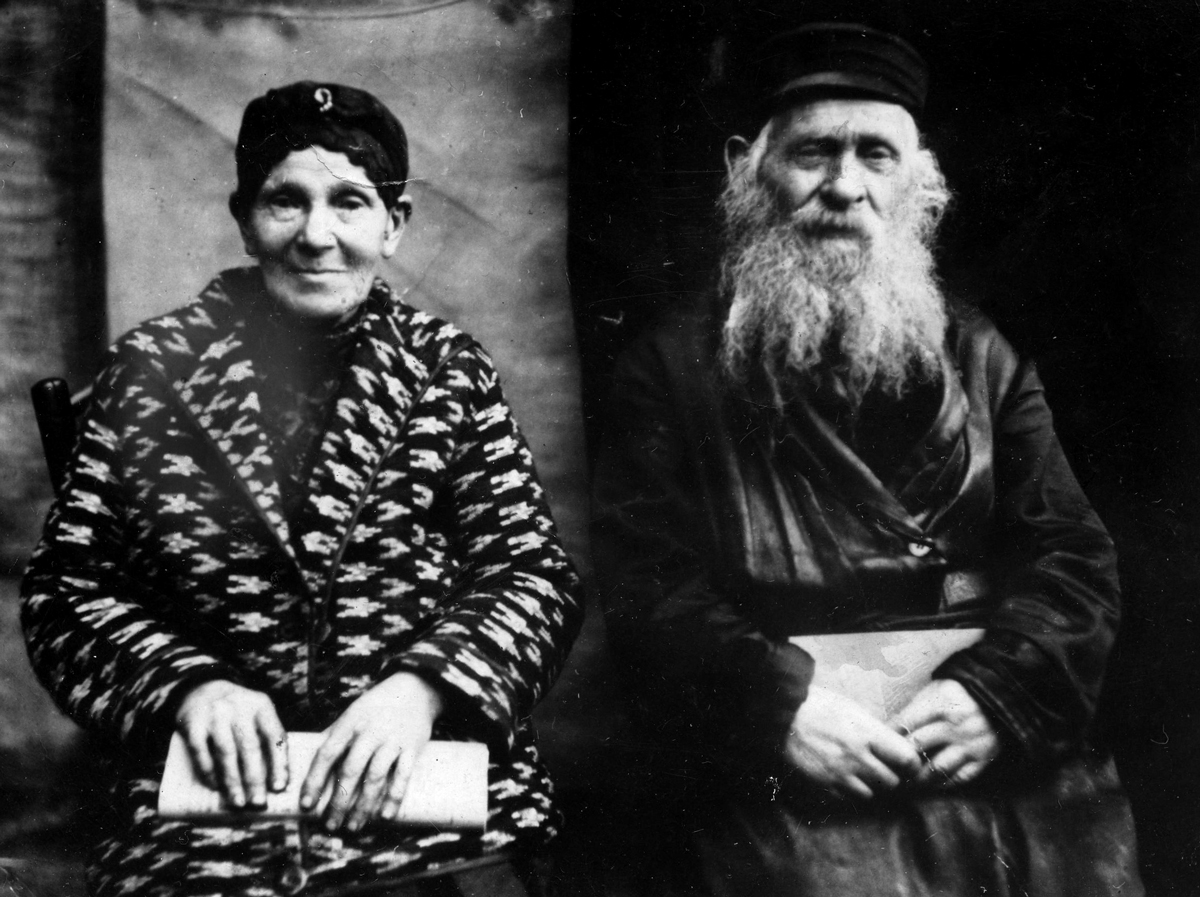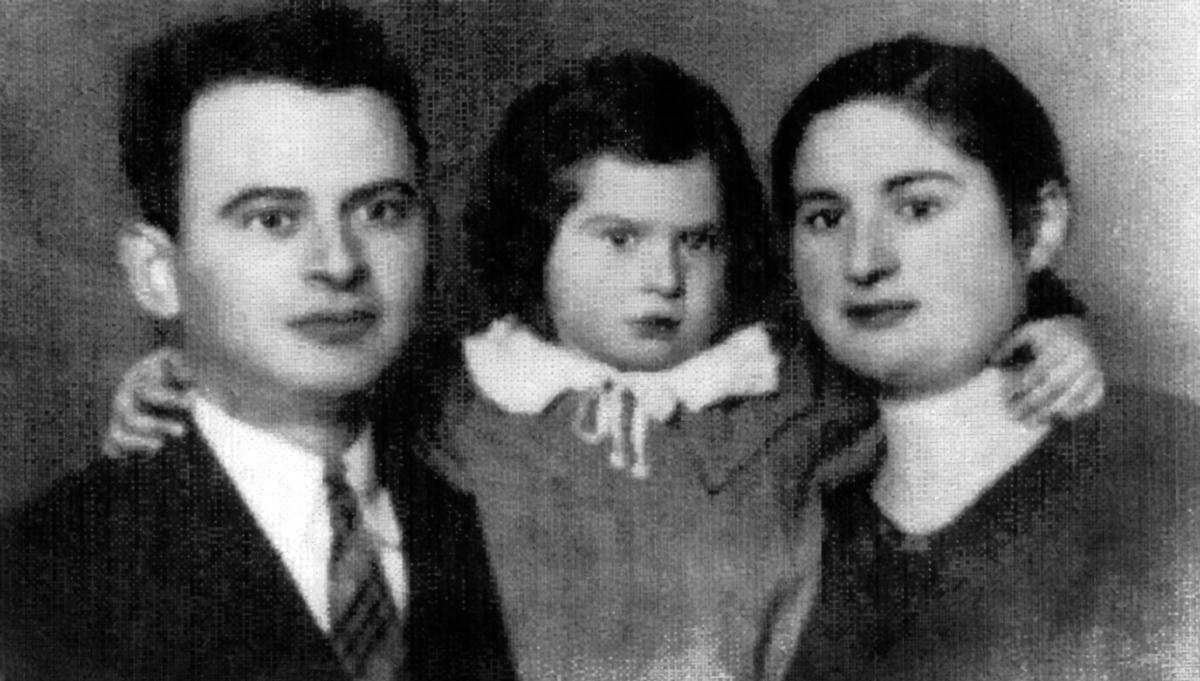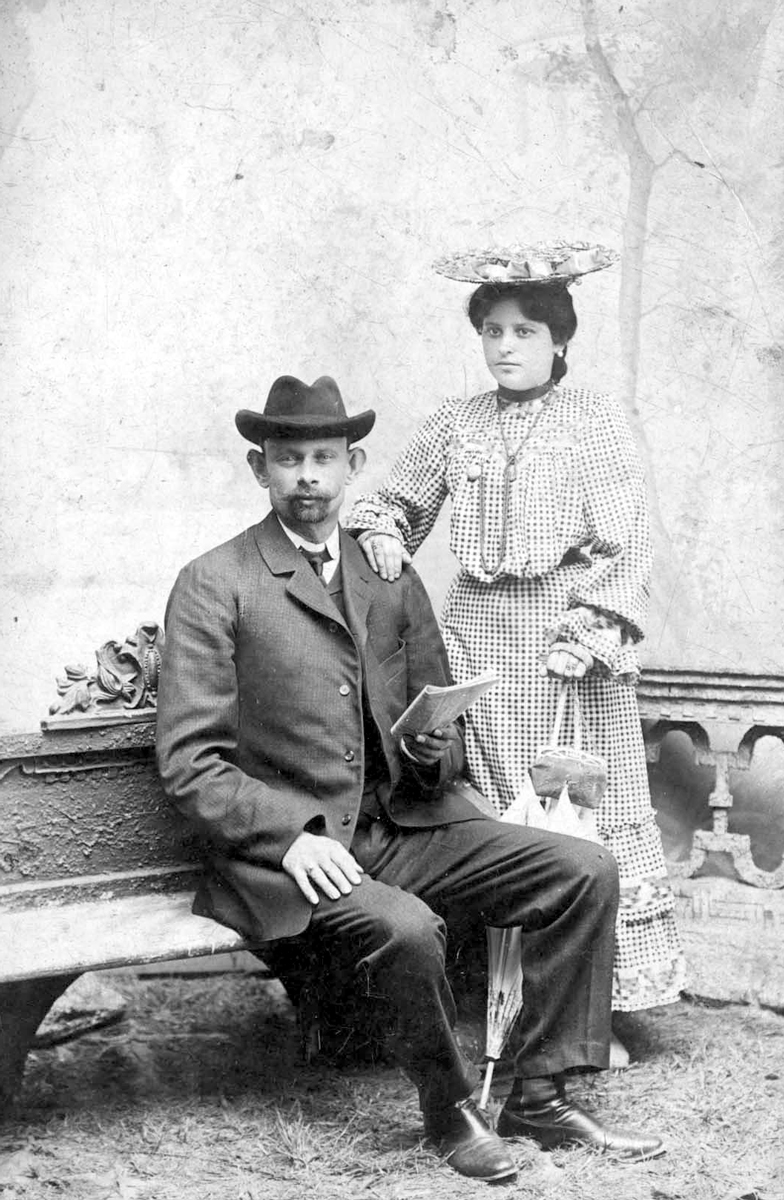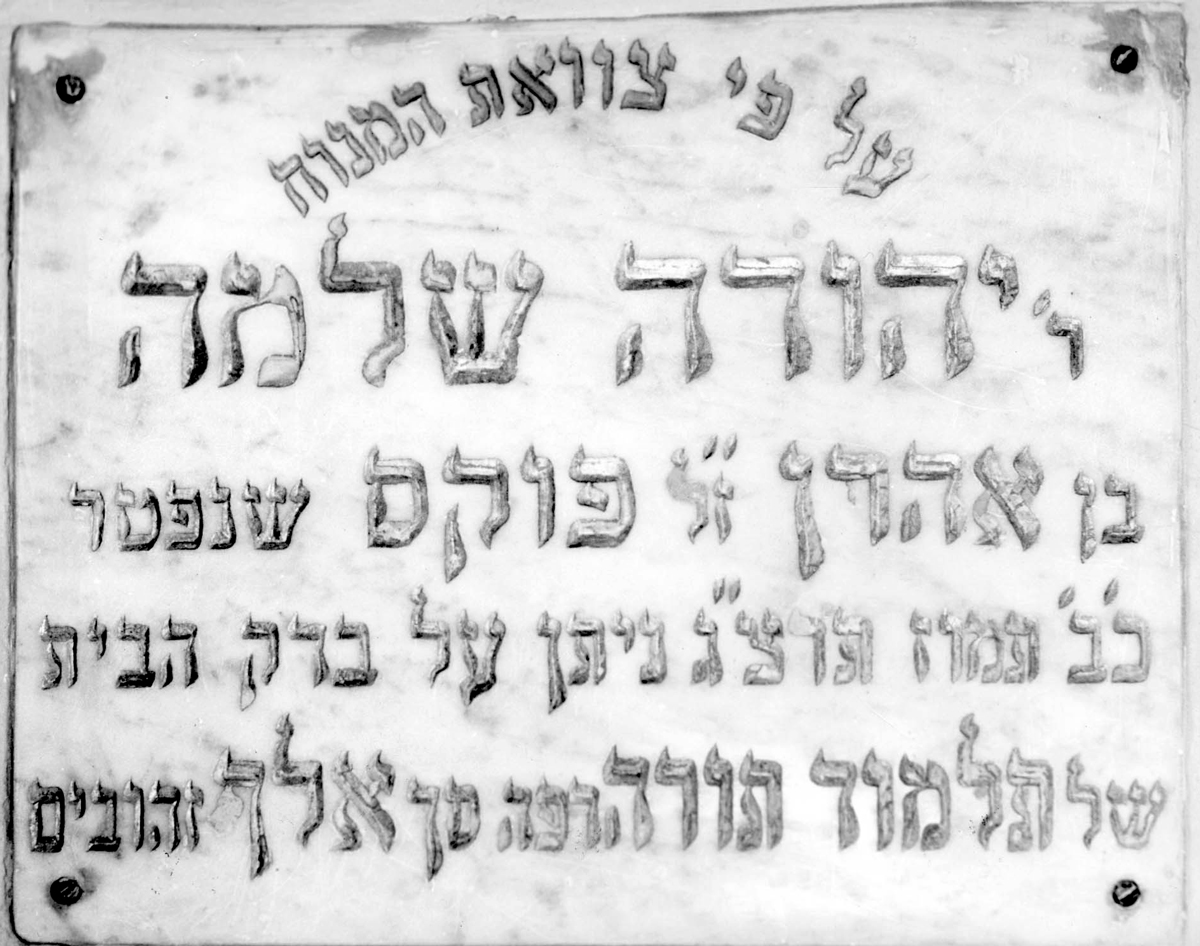In December 1915, during World War I, Piotrków Trybunalski was occupied by the Austro-Hungarian Army, and the city’s economy was badly damaged as a result. After the war, the city was included within the territory of the Second Polish Republic.
Yad Vashem Photo Archives 9196/1
In the interwar period the Jews of Piotrków Trybunalski made their living primarily from hundreds of small workshops for clothing and metals, as well as from commerce. The Jews of the city created professional organizations of tradesmen and artisans and established three banks – a merchants’ bank, an artisans’ bank and a bank belonging to the Orthodox Agudat Yisrael.
During World War I, the city and its Jews were impoverished, yet despite their difficult circumstances Jewish cultural activities flourished, as did the mutual aid funds and societies for social welfare. The Dobroczynność charity society, among whose members were many affluent Jews, helped the community’s poorer members by donating food and establishing an orphanage for Jewish children, which operated until World War II. The city’s Zionists led an initiative to establish a merchants’ union, a savings account and an interest-free loan fund, as well as a Polish-language newspaper.
The Jewish community supported charitable institutions alongside educational and cultural activities. These included such institutions as a family healthcare clinic, the Jewish hospital, a kitchen for the holiday season, a Zionist library, a school and other educational establishments. A branch of the TAZ organization operated in the city, and was supported by the Joint Distribution Committee. The Great Depression of the 1930s hit the Jews of Piotrków Trybunalski particularly hard. Many business owners were unable to pay to renew their business licenses and had to seek the community’s support to do so. Recovery was slow, and in the spring of 1938 more than one thousand Jewish families in the city required aid to buy Passover provisions.
Political Movements and Parties
During the interwar period Piotrków Trybunalski was home to branches of all the Jewish political parties represented in Poland – Agudat Yisrael, the various Zionist factions, and the Bund. The three parties were evenly matched. The Zionist parties and movements included Hashomer Haleumi, Tze’irei Zion (later Poale Zion), the Revisionist Zionists, Beitar, the religious Mizrahi and more. The Zionists of Piotrków Trybunalski established youth movements and organizations, among them the Zionist Youth Histadrut, Hashomer Hadati, and the revisionist Brit Yeshurun. The Zionists also established professional trade unions that competed with the Bund’s labor union, and helped Jews who sought to emigrate from Poland – whether their destination was Eretz Israel (Mandatory Palestine) or elsewhere.
In 1936 the Bund was running 12 labor unions in Piotrków Trybunalski, with a total of 600 members. The Bund founded cooperative organizations, a bakery and grocery stores. It also opened a branch of its youth movement, Zukunft (Future), and its children’s organization, Skif.
At the end of World War I a branch of Agudat Yisrael was founded in Piotrków Trybunalski. Most of its members were from the Gur Hasidic sect. Agudat Yisrael ran a branch of the Agudat Yisrael Youth and the Agudat Yisrael Workers; the organization had its own library as well as a treasury for interest-free loans. The Agudat Yisrael Workers branch in Piotrków Trybunalski had some 200 members, many of whom undertook practical Zionist training and immigrated to Eretz Israel.
Jewish Society: Education, Culture and Religion
There were two government-run primary schools for Jews in Piotrków Trybunalski, which were known as Shabesukot (after the Sabbath on which they were closed), a heder (religious primary school) which taught history in Polish and religious studies in Hebrew, an Agudat Yisrael boy’s school, as well as a Beit Yaakov school for girls. Another school, part of the Mizrahi movement, was also established in the city, as well as a socialist school belonging to the non-religious socialist network ZYSHA (Zentral Yiddish Shul Organizatie - the central organization for Yiddish schools), However, these institutions were forced to close in the early 1930s, due to financial difficulties. Piotrków Trybunalski also had Jewish high schools, which included a gymnasium for boys and girls (unrecognized by the state), a boarding school for professional training which was part of the ORT network, and two yeshivas (Talmudic colleges).
Every political stream held evening classes for adults, where Yiddish and Hebrew were taught. The city boasted several private kindergartens, as well as a kindergarten run by the Bund. The "Zamir" (Songbird) culture association held drama classes, and ran a choir and an orchestra; this association was run by the Zionists and later by the Bund. The Zionist Tarbut group operated a private library, which was based on a collection of books donated by Moshe Sharshevski; they developed it into a working library and Zionist clubhouse. The Bund also had a library in the city, named after the Jewish writer, I.L. Peretz. In addition, a Jewish Scout troop opened in Piotrków Trybunalski in 1916.
After World War I, the city’s chief rabbi was Meir Shapira, who was appointed in 1932 to be the head of the "Chachmei Lublin" Yeshiva. In 1936 Rabbi Moshe Chaim Lau was appointed chief rabbi of the city. Lau, a talented public speaker, was among the initiators of the Beit Yaakov religious school network for girls. Rabbi Lau was also accepted by the Bund, which at that time led the Jewish community of the city.
Three Yiddish weeklies were published in Piotrków Trybunalski: the Zionist Unsere Zeitung, the Bundist Piotrkówer Wocher and the Agudat Yisrael Yiddische Stimme. These weeklies appeared almost without fail until the onset of World War II.
Most of the sports organizations in the city were associated with the political parties. Among these were Maccabi, Hapoel, and Morgenstern. Kraft, a non-partisan group of cyclists, was also based in Piotrków Trybunalski.
Toward the beginning of World War II antisemitic attacks had become frequent, so much so, that in January 1939 the city’s civil servants decided to publicly condemn the attacks.
